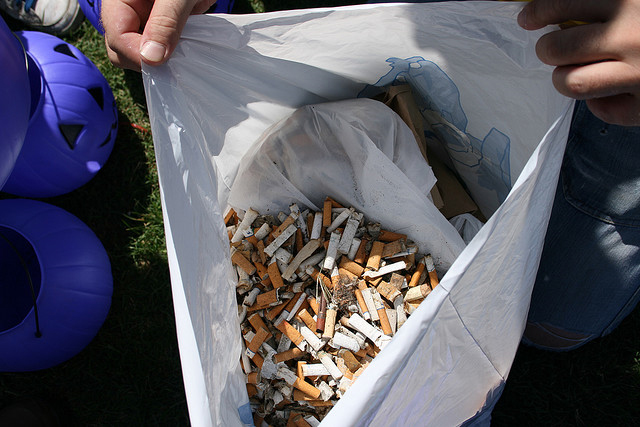
Flickr photo via Heal the Bay
The Daily News reported yesterday that LA City Council approved a plan to study anti-smoking laws that could further restrict public smoking in some public places. The idea is to focus on public spaces like beaches, multi-family buildings and other public gathering spaces.
This isn’t necessarily new news, but it got me thinking about Echo Park. I would assume that if they were to tighten restrictions in public gathering spaces, Echo Park Lake could be one of those. In 2009, 6,000 cigarette butts were cleaned up around Echo Park Lake alone, so maybe this wouldn’t necessarily be a bad thing. (Although, let’s be honest, is this really a role our local government can and should be taking?)
The city of Calabasas is well-known for banning public smoking, and Mayor Barry Groveman definitely weighed in his support for the study, telling the Daily News: “What we are trying to do is come up with a common measure to protect people from smoke…. What we are trying to do is eliminate places in the city – farmer markets, government buildings, areas with common meeting places – where people could be affected by second-hand smoke.”
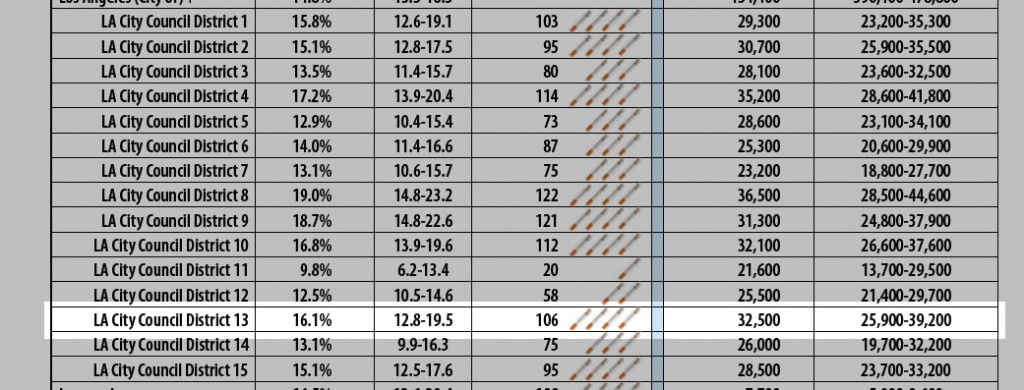
But Echo Park is kind of hipster-ville (or so I’ve been told), and the amount of smokers standing outside of the Echo and other venues along Sunset have got to bother those non-smokers sensitive to the second-hand smoke. In a study conducted by the County of Los Angeles Public Health released in June 2010, at 14% LA has among the lowest smoking rates of any metropolitan areas in the US. However, there are also a lot of disparities within LA, and while coastal communities like Malibu have a pretty low percentage, both CD 13 and CD1 (Echo Park lies in both) rank fairly high in the number of smokers according to the study.
CD 13 has 16.1% of the population are smokers, the district ranking 106 out of 127 (see above graph). Perhaps what we need to do is look at some of these high-ranking areas of Los Angeles (rather than focus on beaches) and see what can be done to help reduce the amount of smokers and second-hand smoke. Check out the colorful map below:
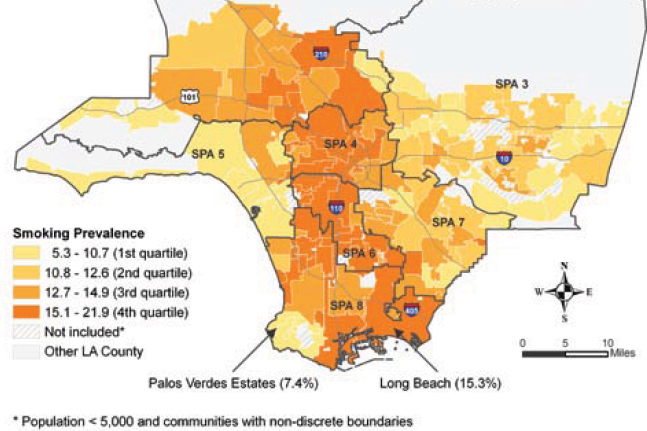
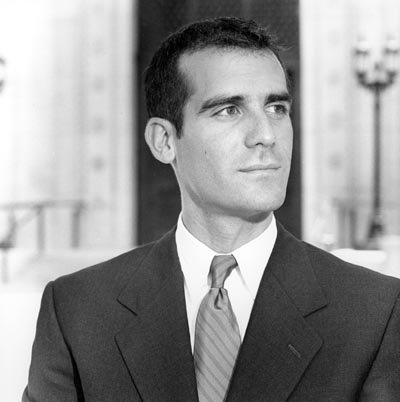
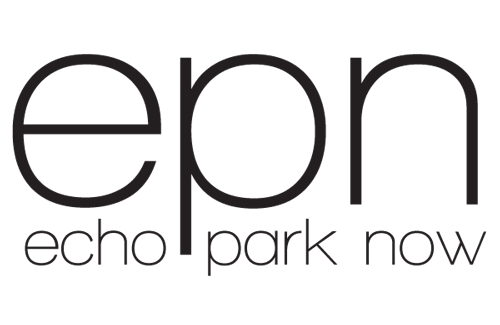
 An announcement at last night’s
An announcement at last night’s 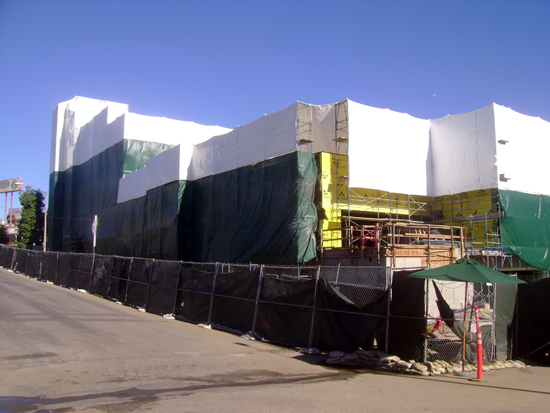
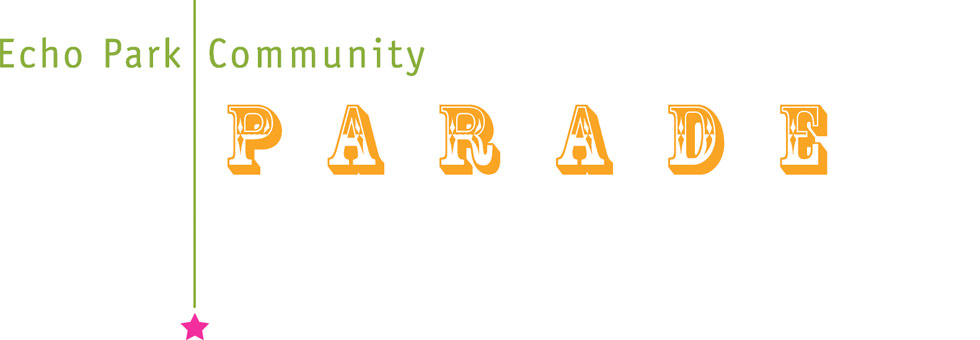 The
The 

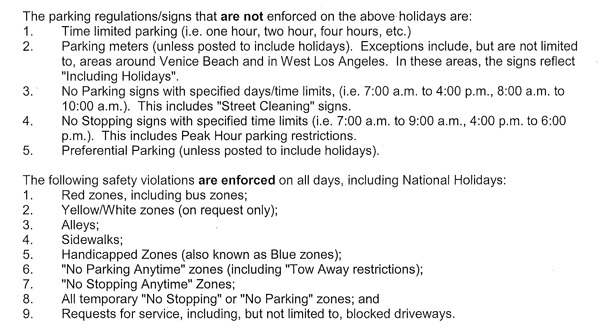

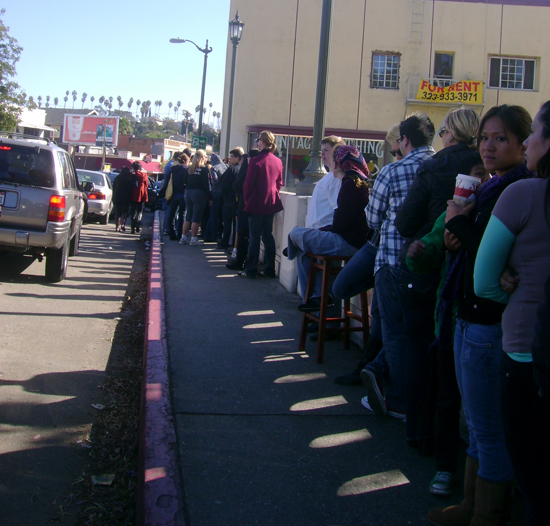
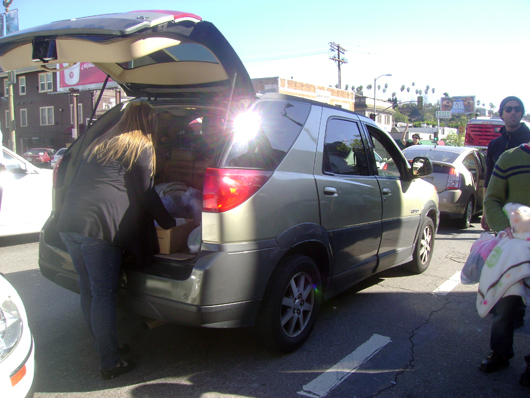 Happy Thanksgiving everyone!
Happy Thanksgiving everyone!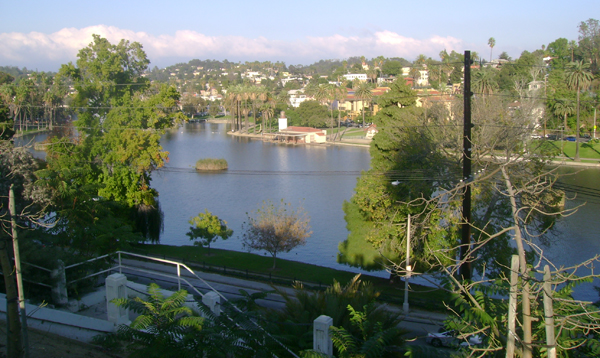
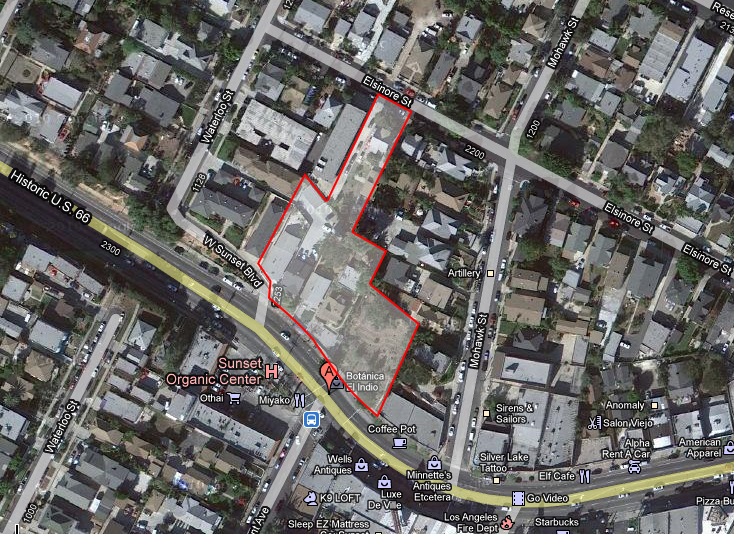
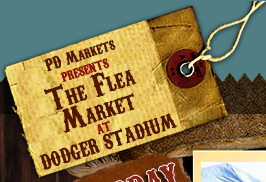 It looks like the short-lived
It looks like the short-lived 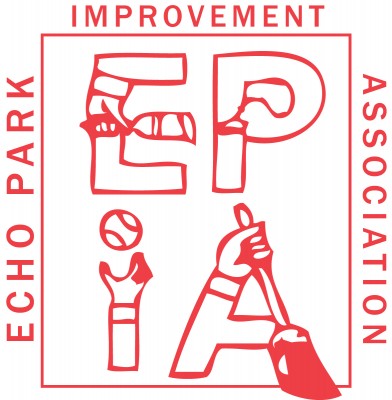 The Echo Park Improvement Association is finally getting a chance to speak with the developers behind the proposed
The Echo Park Improvement Association is finally getting a chance to speak with the developers behind the proposed 

